Chatsworth, home of the Duke and Duchess of Devonshire, is set in the heart of the Peak District in Derbyshire, on the banks of the river Derwent. Home of the Cavendish family since the 1550s, it has evolved through the centuries to reflect the tastes, passions and interests of succeeding generations. (Chatsworth)
Chatsworth House was kind of the reason for my stay in Bakewell, I just wanted to visit this place I´ve seen in so many movies and tv-shows. Driving up the house by bus is an experience when it suddenly appears laying in the valley along the river. Crossing that old bridge and going up the driveway – a real majestic affair!
The area was listed as the property of the Crown until the 15th century when it was bought by the Leche family, who enclosed the first park and had a house built. In 1549 they sold all their properties in the area to Sir William Cavendish, Treasurer of the King’s Chamber and the husband of Bess of Hardwick, who was the driving force to resettle in Derbyshire, her native county.
They started building the new house in 1553, Bess selected a site near the river, which was drained by digging a series of reservoirs, which doubled as fish ponds. Sir William died in 1557, but Bess finished the house in the 1560s and lived there with her fourth husband, George Talbot, 6th Earl of Shrewsbury.
In 1568 Shrewsbury was entrusted with the custody of Mary, Queen of Scots and he brought the prisoner often to Chatsworth. She often worked on some needlework with Bess. Above building in the park is “Queen Mary’s Bower” and rumoured to be built in the 1570ies “in order to provide a raised exercise ground for the captive queen”. (Queen Mary´s Bower)
Bess died in 1608 and Chatsworth was passed to her eldest son, Henry, who sold the estate to his brother William Cavendish, 1st Earl of Devonshire.
It was the 4th Earl of Devonshire (who became the first Duke later) who did some major rebuildings of the house which began in 1687. The 2nd Duke didn´t do that much on the house but started to expand the art collection. Old master drawings and prints like Rembrandt, Greek statues and many more objects joined the private collection.
It was the fourth Duke who again did big changes to the house and the gardens by hiring Lancelot “Capability” Brown to have the gardens looking more natural. He had the old stables and offices, as well as parts of Edensor village, pulled down so they were not visible from the house anymore.

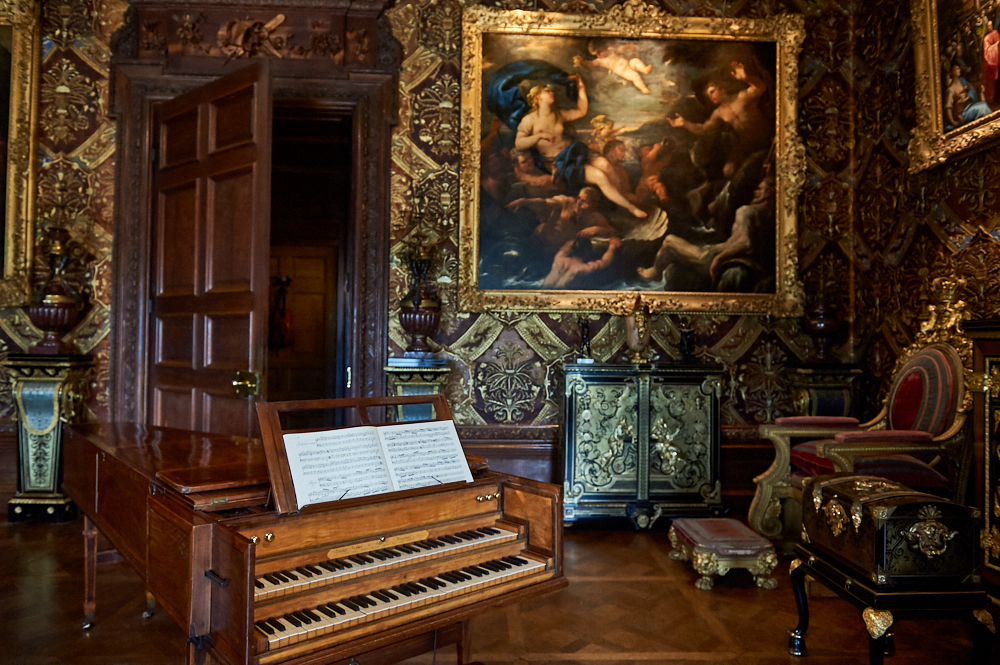
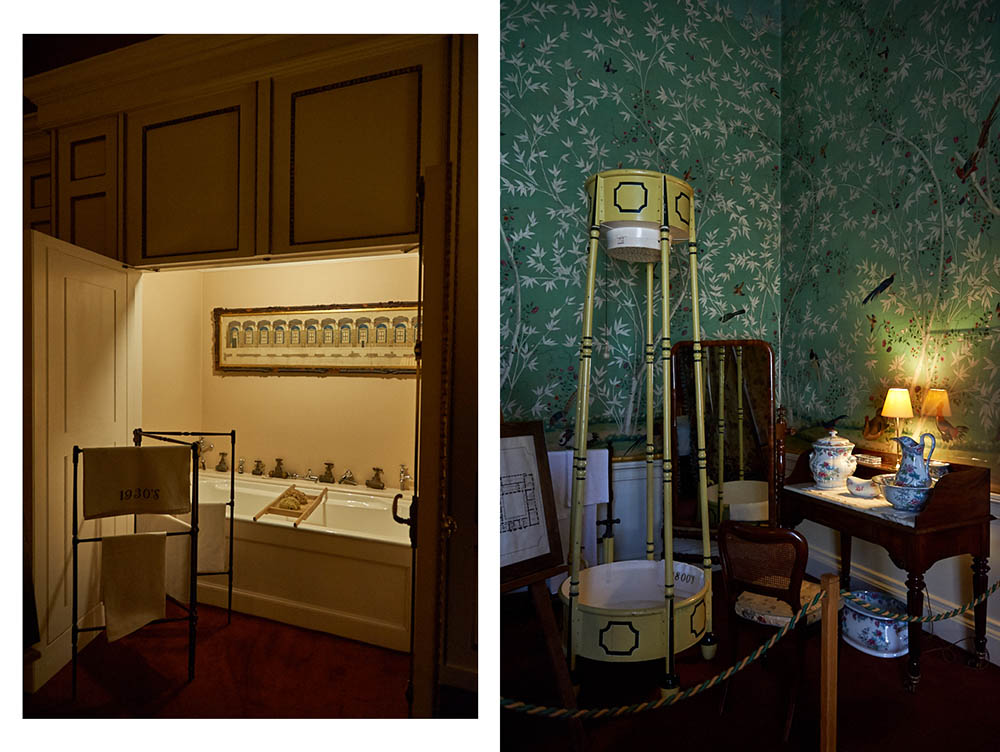 The 6th Duke loved to travel and to entertain and again transformed Chatsworth. “the early 19th century saw a rise in popularity of the ‘English Country House Party,’ and so in 1830 the Duke converted rooms on the east side of the house into guest bedrooms” (Wikipedia) and also had the sculpture gallery built. Even Princess Victoria (later Queen Victoria) visited the house in 1832.
The 6th Duke loved to travel and to entertain and again transformed Chatsworth. “the early 19th century saw a rise in popularity of the ‘English Country House Party,’ and so in 1830 the Duke converted rooms on the east side of the house into guest bedrooms” (Wikipedia) and also had the sculpture gallery built. Even Princess Victoria (later Queen Victoria) visited the house in 1832.
In the 1920is the family had to sell a few of their other properties and possessions, but life in Chatsworth stayed the same. During World War II 300 students of Penrhos College and their teachers stayed at Chatsworth from September 1939 for the next six years.
The modern history of Chatsworth begins in 1950. The family had not yet moved back after the war and, although the 10thDuke had transferred his assets to his son during his lifetime in the hope of avoiding death duties, he died a few weeks too early for the lifetime exemption to apply, and tax was charged at 80% on the whole estate. The amount due was £7 million (£220 million as of 2016). Some of the family’s advisors considered the situation to be irretrievable, and there was a proposal to transfer Chatsworth to the nation as a Victoria and Albert Museum of Northern England. Instead, the Duke decided to retain his family’s home if he could. He sold tens of thousands of acres of land, transferred Hardwick Hall to the National Trust in lieu of tax, and sold some major works of art from Chatsworth. (Wikipedia)
The house was modernised, newly rewired, new heating, new staff flats and the family moved in. In 1981 a new charitable trust, The Chatsworth House Trust, was created to open and preserve the house to and for the public. The family is part of the trust and rent their private apartments.
Jane Austen mentioned Chatsworth House in “Pride & Prejudice” – it is one of the houses Elizabeth Bennet visited before Pemberley and it also was the location for Pemberley in the 2005 adaption. And also used for other movies and shows like “Duchess”, “Wolfman”, “Death comes to Pemberley”, “The Crown”, “Peaky Binders” and many more.
Easy to reach by bus from Bakewell and this will even save you £2 for the entry.
Or it´s a lovely walk from Bakewell, more about this coming soon!

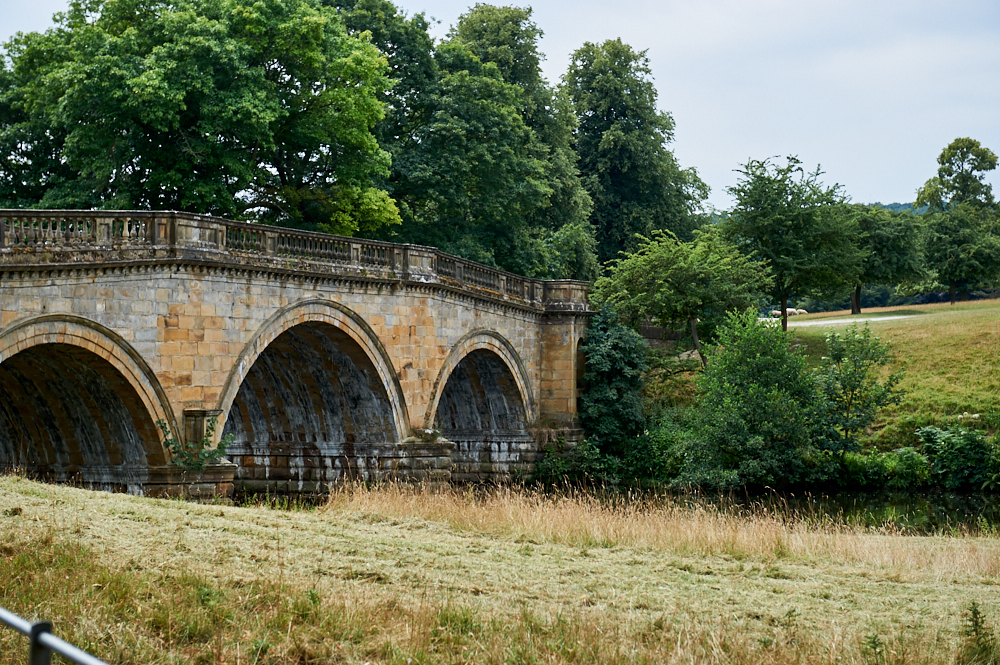
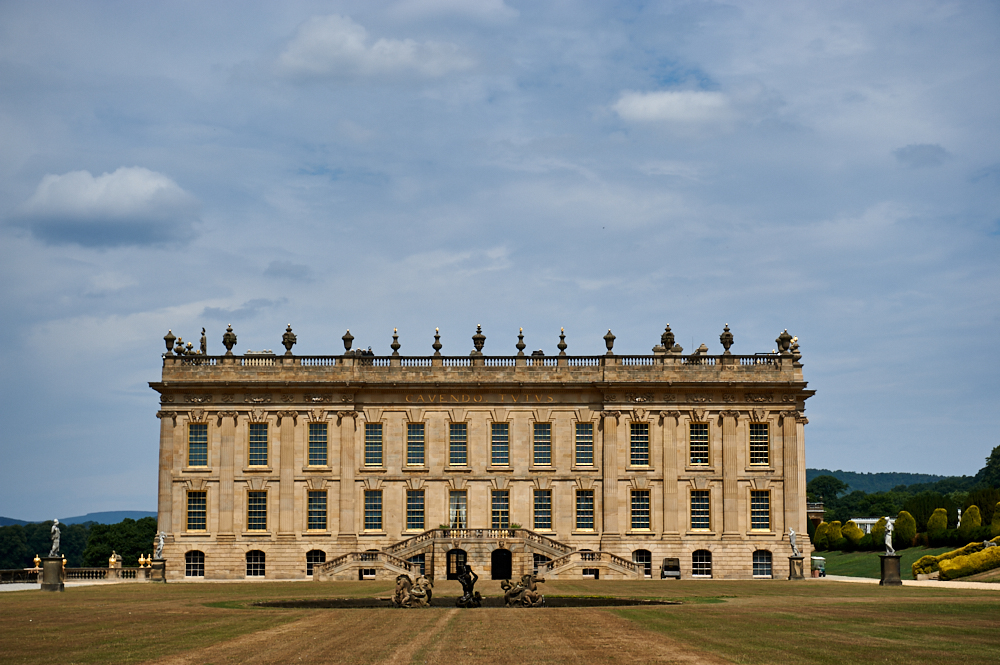
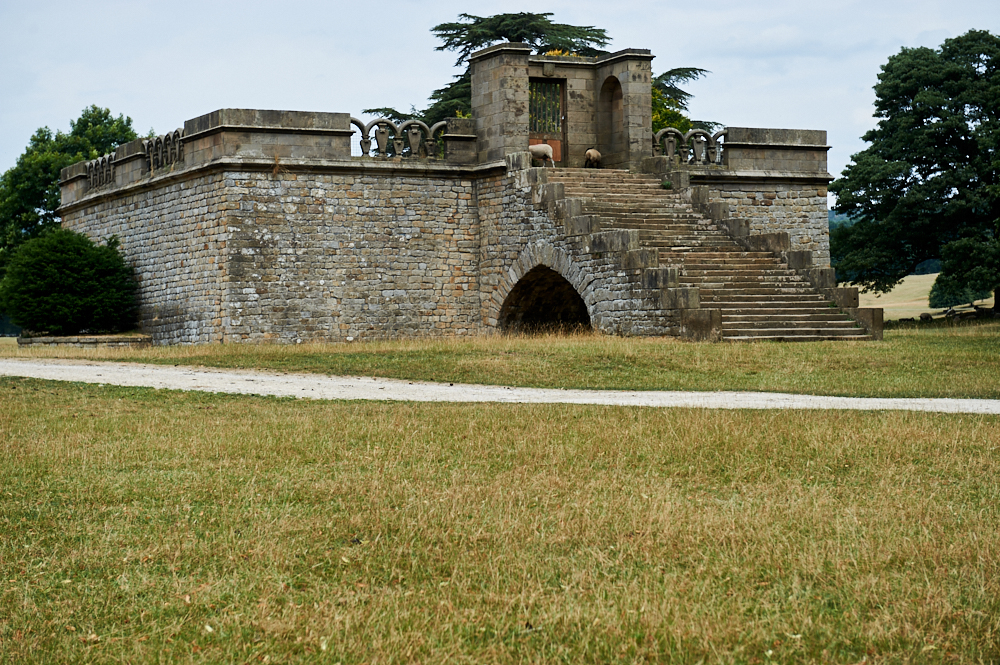
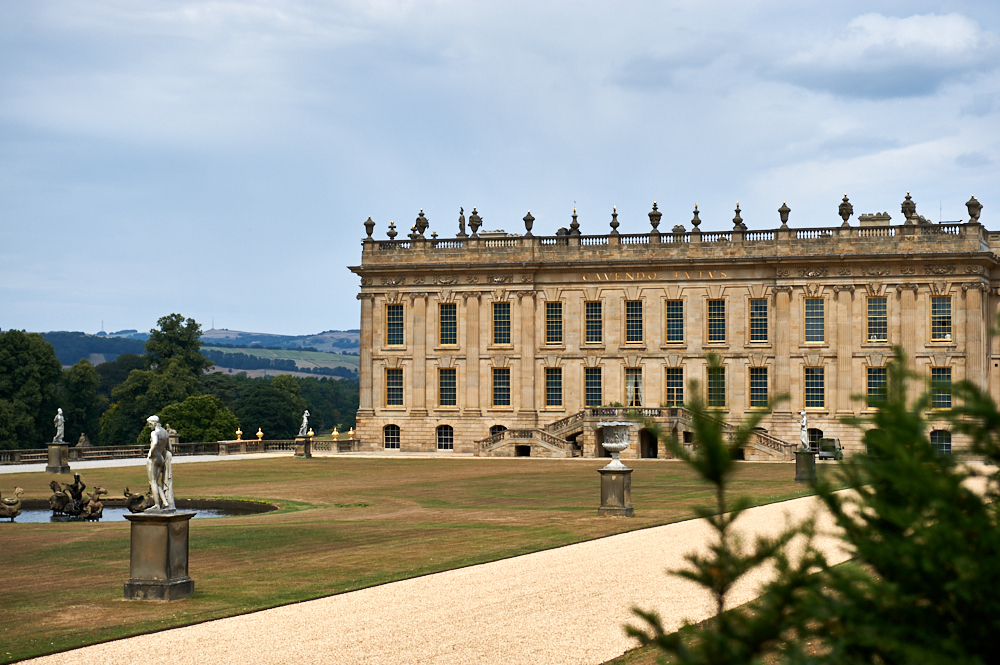
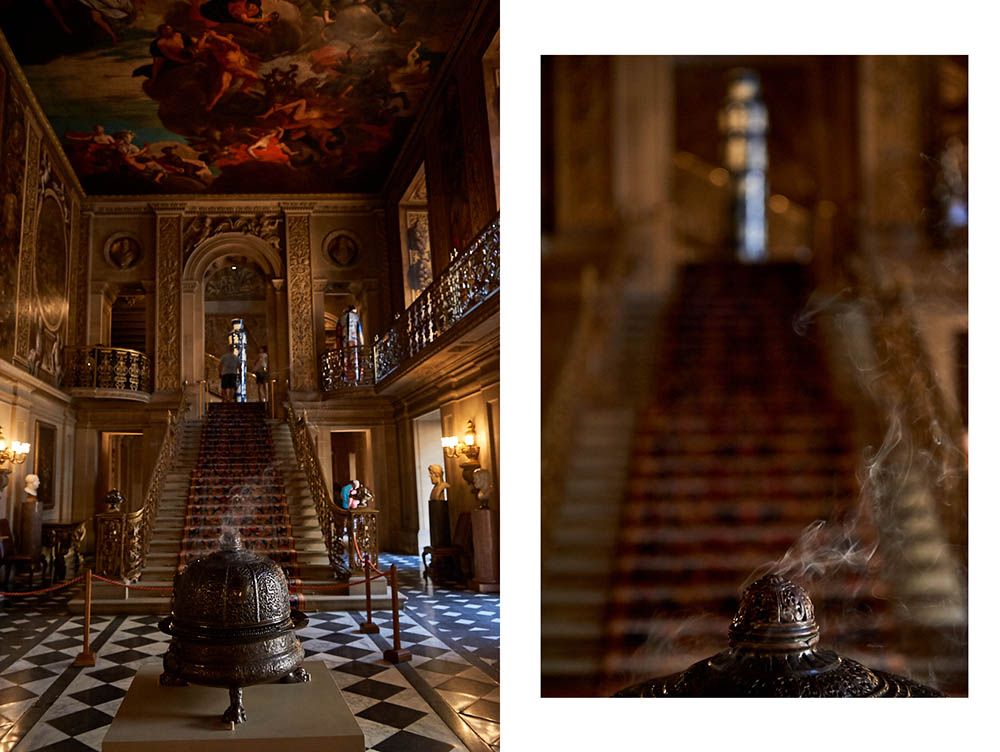
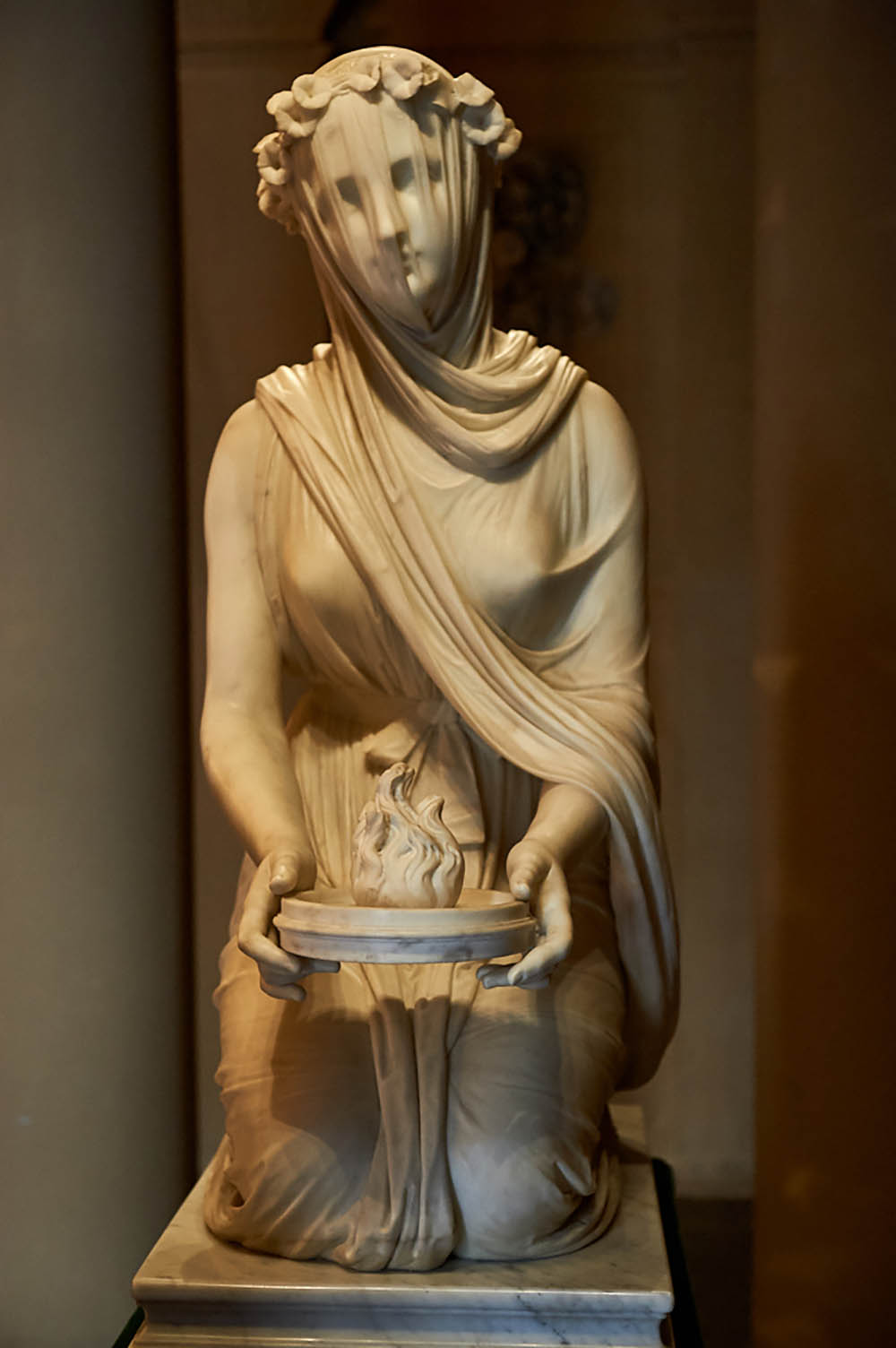


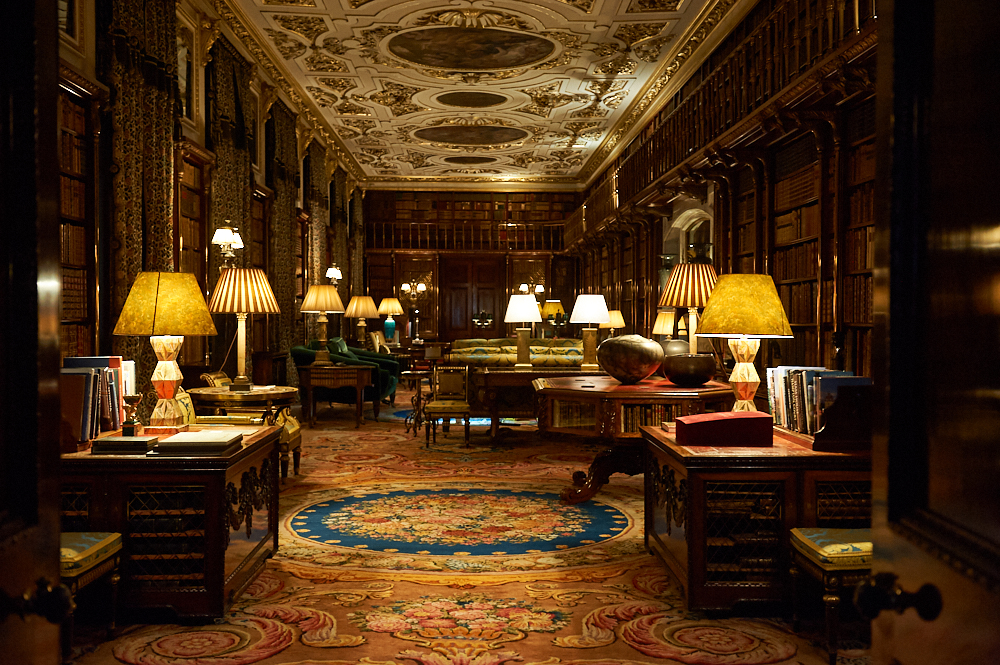

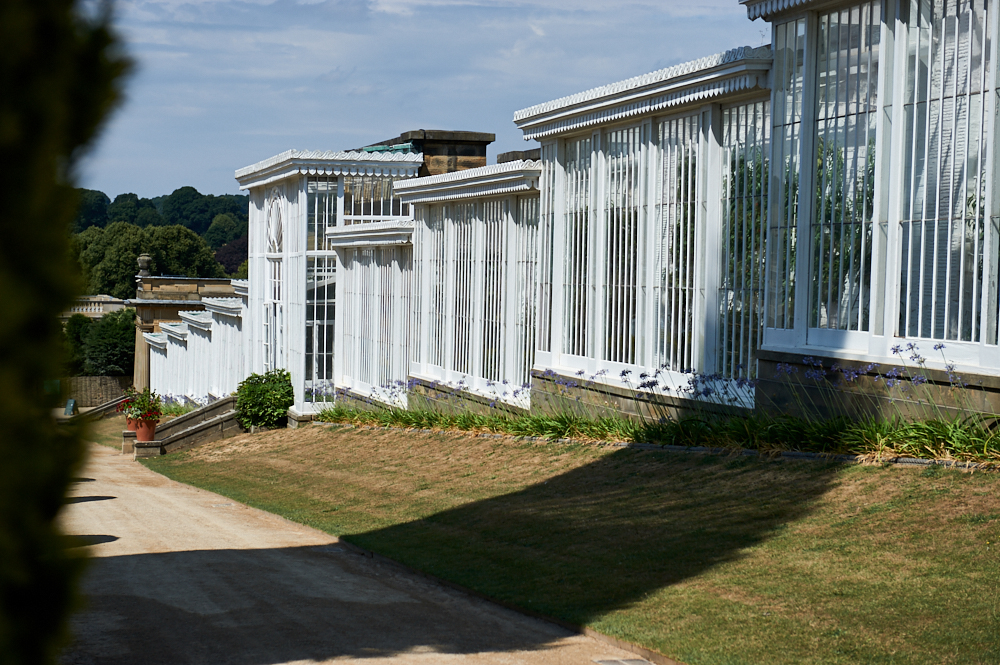
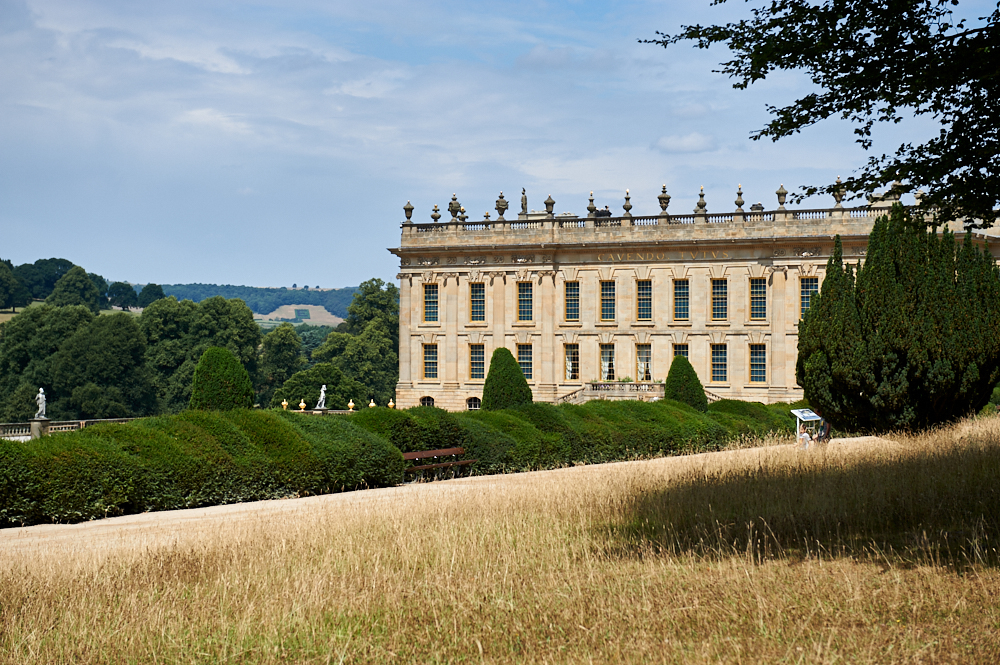
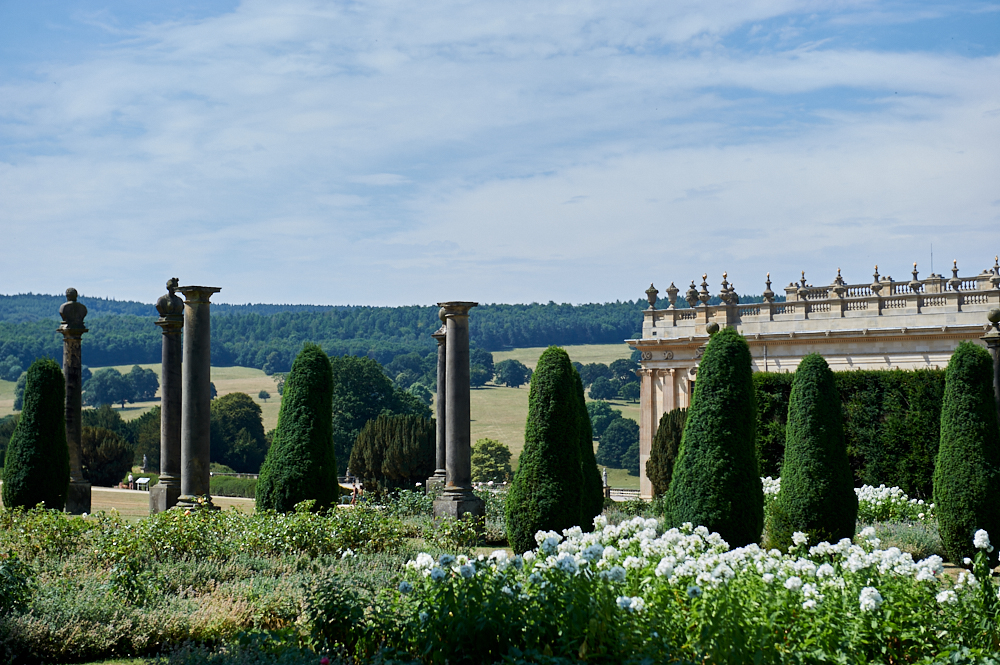
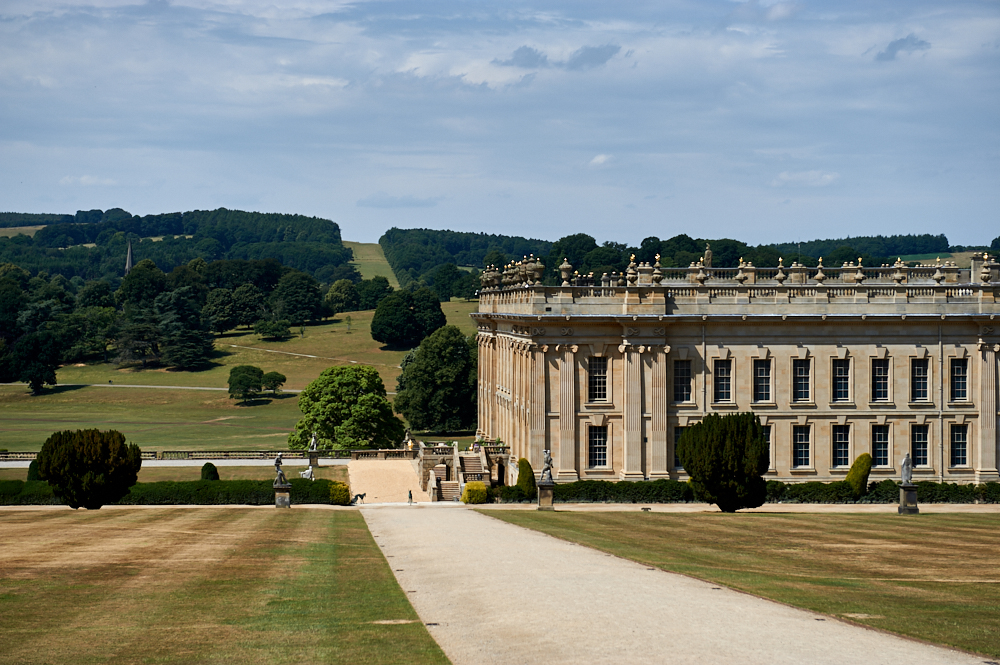
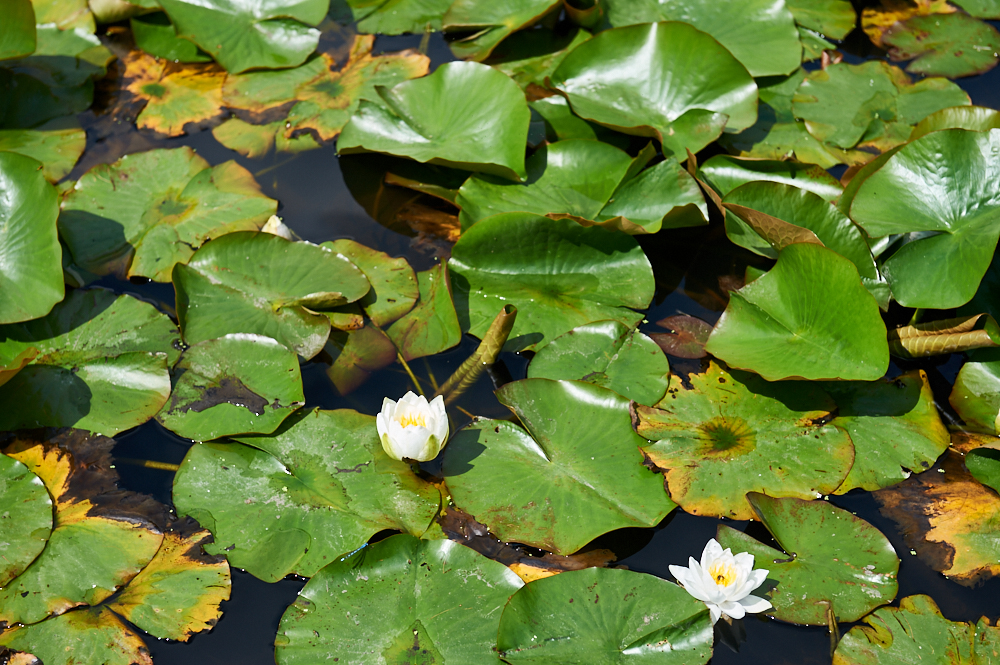
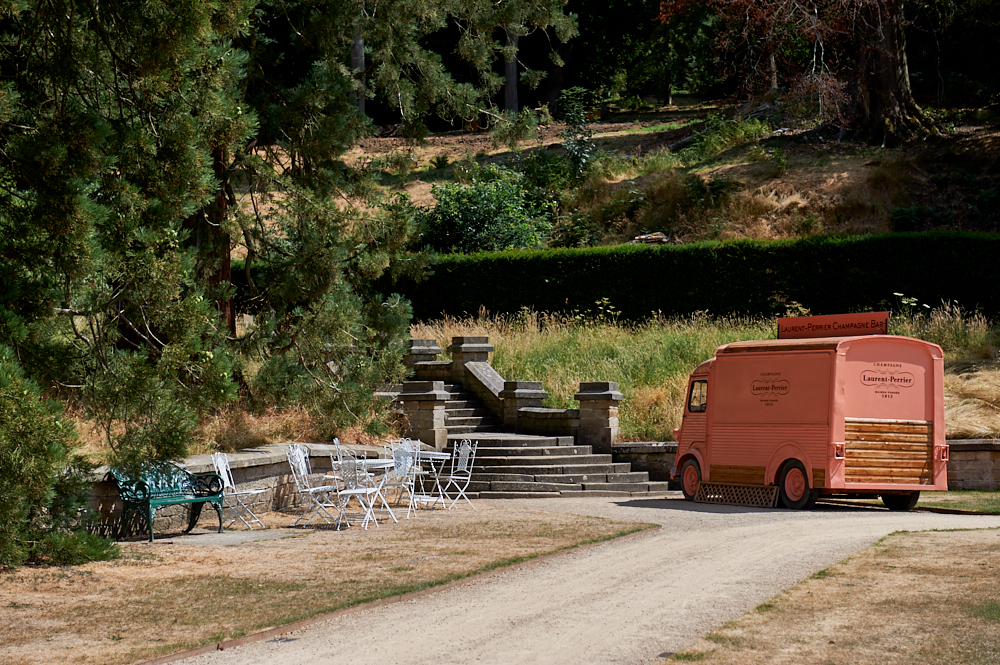
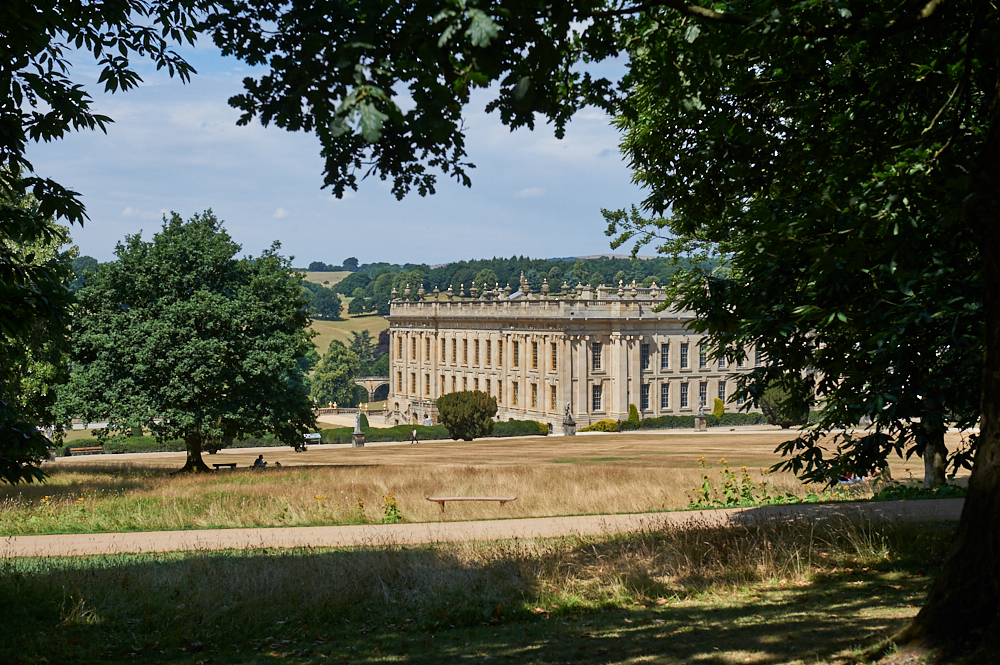
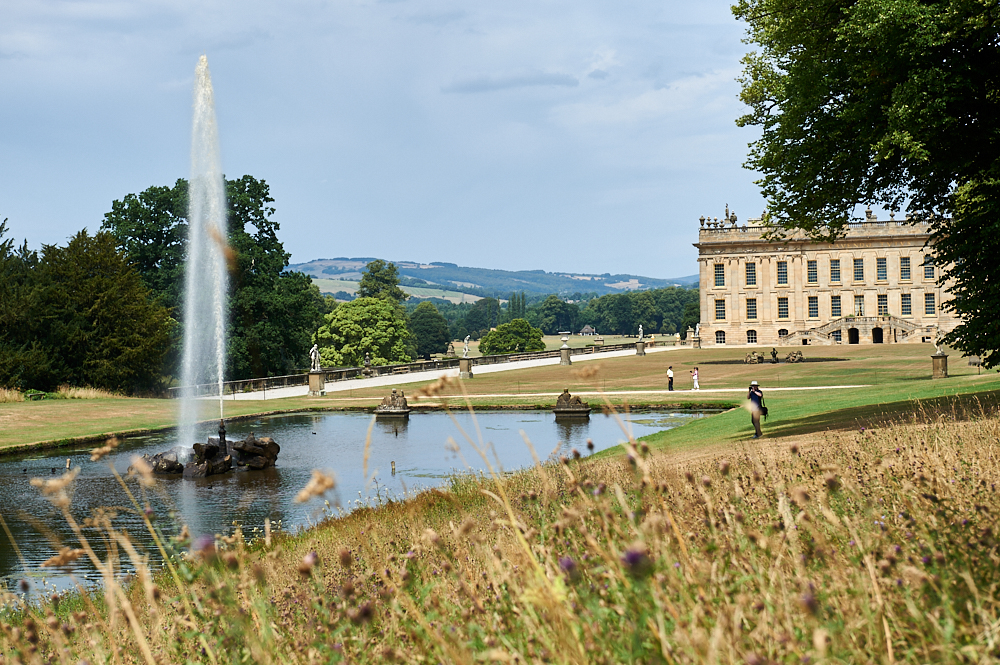
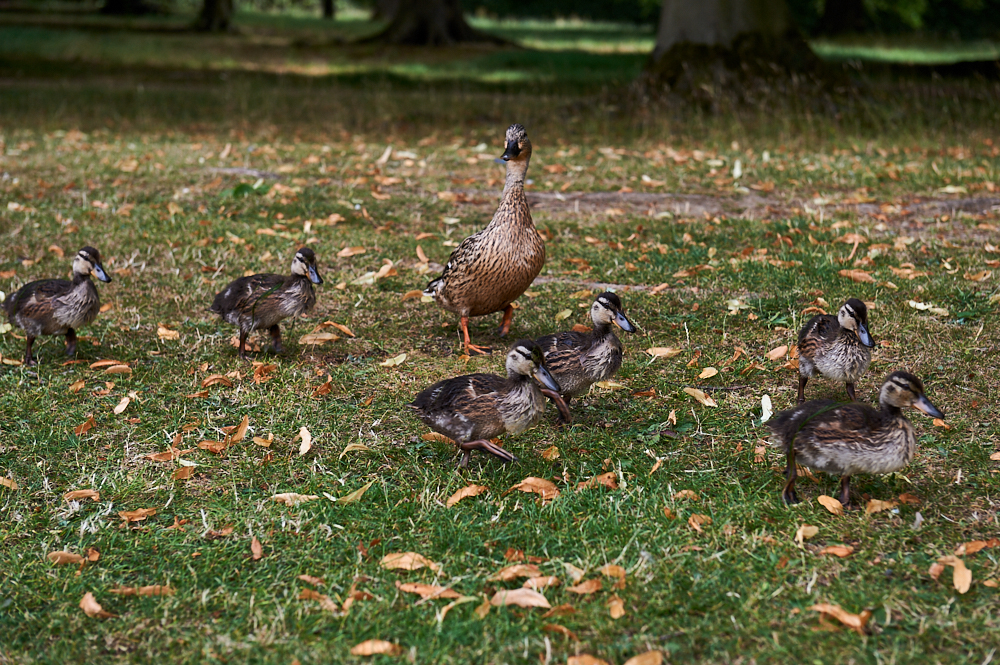
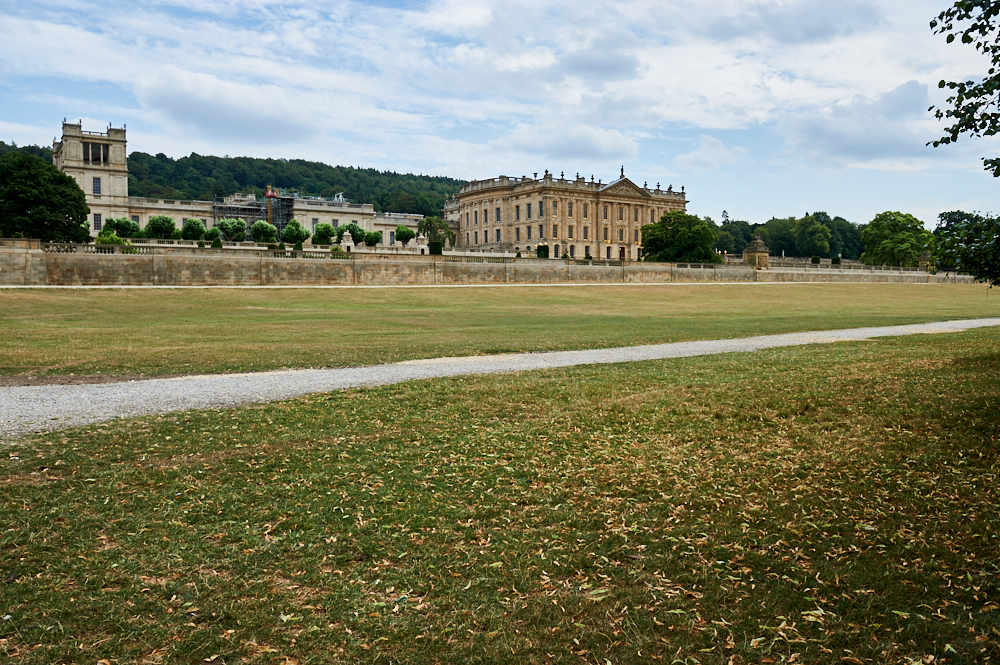
Leave a Reply